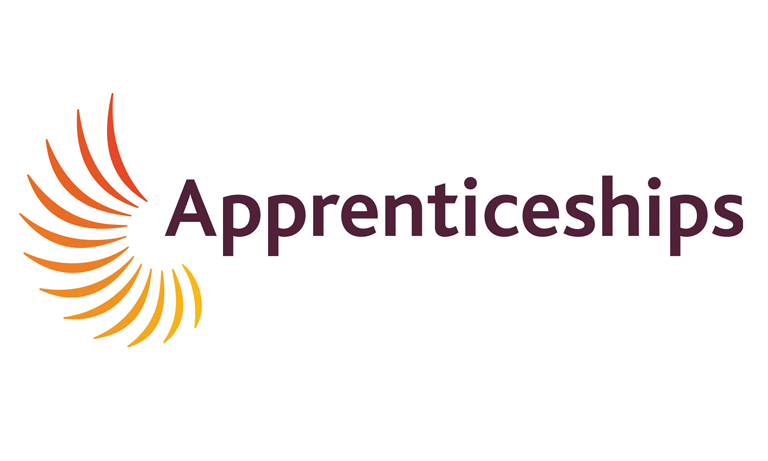 The 10-per-cent fee that small businesses must pay when they take on apprentices will be halved
The 10-per-cent fee that small businesses must pay when they take on apprentices will be halvedFrom April 2018 employers who pay the apprenticeship levy will be able to transfer apprenticeship funds to other organisations.
Employers who want to transfer funds can find employers who want to receive a transfer in a number of ways, for example:
- Work with an employer in your supply chain
- Get in touch with employers in your industry
- Get in touch with an Apprenticeship Training Agency (ATA)
- Work with regional partners
Employers can transfer a maximum of 10% of annual funds. This is worked out from the total amount of levy declared, with the English % applied, plus the 10% government top-up payment.
These funds will be used to pay for the training and assessment cost of the apprenticeships agreed with the receiving employer and will be paid monthly for the duration of the apprenticeship.
Only levy-paying employers can make a transfer. Any employer can receive and use transferred funds, but they have to be registered on the apprenticeship service. A transfer can only be used to pay for training and assessment for apprenticeship standards.
How will transferring fund work?
The sending employer and the receiving employer need to first agree the details of the transfer of funds; for example, which apprenticeship standard, how many apprentices, the cost.
Once both employers are registered on the apprenticeship service the following must be done in their accounts to complete a transfer:
- Connect with each other
- Receiving employer to add the apprentice details
- Confirm the transfer
Employers who are transferring funds
Before you make a transfer from your apprenticeship account, make sure that you:
- Have enough funds to transfer to another employer
- Have a clear understanding of the forecasted cost to you, which will cover the duration of the apprenticeship you’ve agreed to fund through a transfer
- Understand that you will be funding the total cost of their apprenticeship and not just the 10% co-investment
- Agree with the employer who is receiving the transfer, details of the apprenticeships you’re funding
- Are aware of the funding rules around transferring apprenticeship funds which will be published at a later date
There are currently no restrictions about who you can transfer funds to.
You should also know:
- If you currently have an apprentice funded by a transfer, you can’t transfer funds to another employer
- If you are currently transferring funds to another employer, you can’t receive transferred funds to pay for your apprenticeships
- Once a transfer is made you can’t refund it to the sending employer
- Transfer payments will be made monthly from your apprenticeship account
- If the apprenticeship stops, your transferred payments will stop as well
Employers who want to receive a transfer
If you want to receive a transfer from another employer you must be aware of the following:
- You can only use the transferred funds for apprenticeship training and assessment
- Transferred funds can only be used for apprenticeship standards
- You’ll need to create an account on the apprenticeship service to receive the transfer and pay for apprenticeship training
- You’ll need to sign an agreement with the Education and Skills Funding Agency (ESFA)
- If the apprenticeship stops then the funding will stop too
- You won’t have to pay any funds back to the sending employer
- If the employer sending you funds runs out of funds, we will ask you to make a 10% contribution to the cost of apprenticeship training and the government will pay the remaining 90% (this is called co-investment)
- A transfer can fund up to the funding band maximum of a standard, if the cost of training is more, you’ll have to pay the difference to the training provider
- The funding rules around transferring apprenticeship funds which will be published at a later date
State Aid
You need to know that 10% of all the funds you receive as a transfer from another employer count as state aid. Therefore, you should check:
- how much state aid you’ve already received in any 3 year period, so you don’t go over the €200,000 limit you’re allowed
- if you’re part of a connected organisation, you’ll need to find out the combined total of state aid you’ve received for that 3 year period
Recruiters love this COMPLETE set of Accredited Recruitment & HR Training – View Training Brochure








